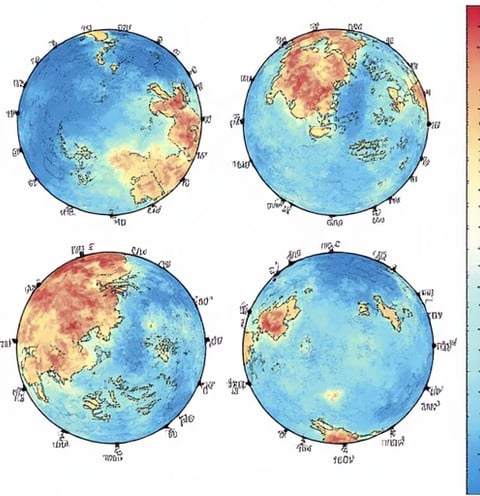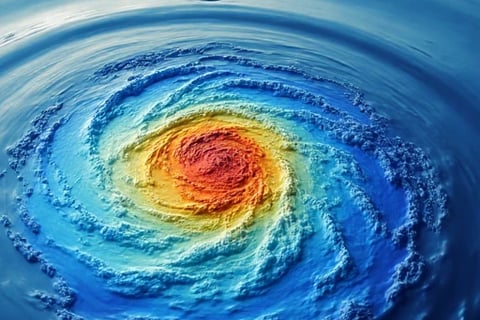Ricky Ward
"I am Ricky Ward, a specialist dedicated to developing integrated prediction models for sea level rise by combining satellite remote sensing, acoustic sensing, and climate simulation techniques. My work focuses on creating comprehensive monitoring and forecasting systems that provide accurate assessments of sea level changes and their environmental impacts.
My expertise lies in synthesizing data from multiple sources, including satellite altimetry, underwater acoustic sensors, and advanced climate models, to develop sophisticated prediction frameworks. Through this multidisciplinary approach, I work to enhance our understanding of sea level dynamics and improve the accuracy of future projections.
Through comprehensive research and practical implementation, I have developed novel techniques for:
Integrating satellite-based sea level measurements with acoustic depth data
Developing real-time monitoring systems for oceanographic changes
Creating predictive models for sea level rise patterns
Implementing advanced data fusion algorithms
Designing automated change detection systems
My work encompasses several critical areas:
Satellite remote sensing technology
Underwater acoustic monitoring
Climate modeling and simulation
Data integration and analysis
Environmental impact assessment
I collaborate with oceanographers, climate scientists, remote sensing experts, and environmental engineers to develop comprehensive monitoring solutions. My research has contributed to improved understanding of sea level dynamics and has informed coastal management strategies.
The challenge of accurately predicting sea level rise is crucial for coastal communities and global climate adaptation efforts. My ultimate goal is to develop robust, scalable monitoring and prediction solutions that enable precise tracking of sea level changes and their environmental consequences. I am committed to advancing the field through both technological innovation and practical implementation, particularly focusing on solutions that can be applied to various coastal environments worldwide."




Climate Data Solutions
Automating satellite image analysis and optimizing climate parameters through advanced machine learning techniques.
Data Preprocessing Phase


Utilizing GPT-4 for semantic labeling and dataset alignment across modalities effectively.




Model Development Phase
Creating multi-task learning frameworks with reinforcement learning for climate optimization and data generation.
Controlled experiments for performance validation and API-generated reports for error analysis and insights.
Validation & Interpretation

Recommended past research:
Multimodal Learning: "Polar Environment Monitoring Using CLIP" (AAAI 2024), proposing contrastive learning for glacier image-text alignment.
Climate AI: "Deep Learning for Greenland Ice Sheet Mass Balance" (Nature Climate Change 2023), developing an LSTM-Transformer hybrid model.
Interpretability: "Attribution Analysis for Geoscience AI" (EGU 2024), creating gradient-based explanation tools for remote sensing data.

